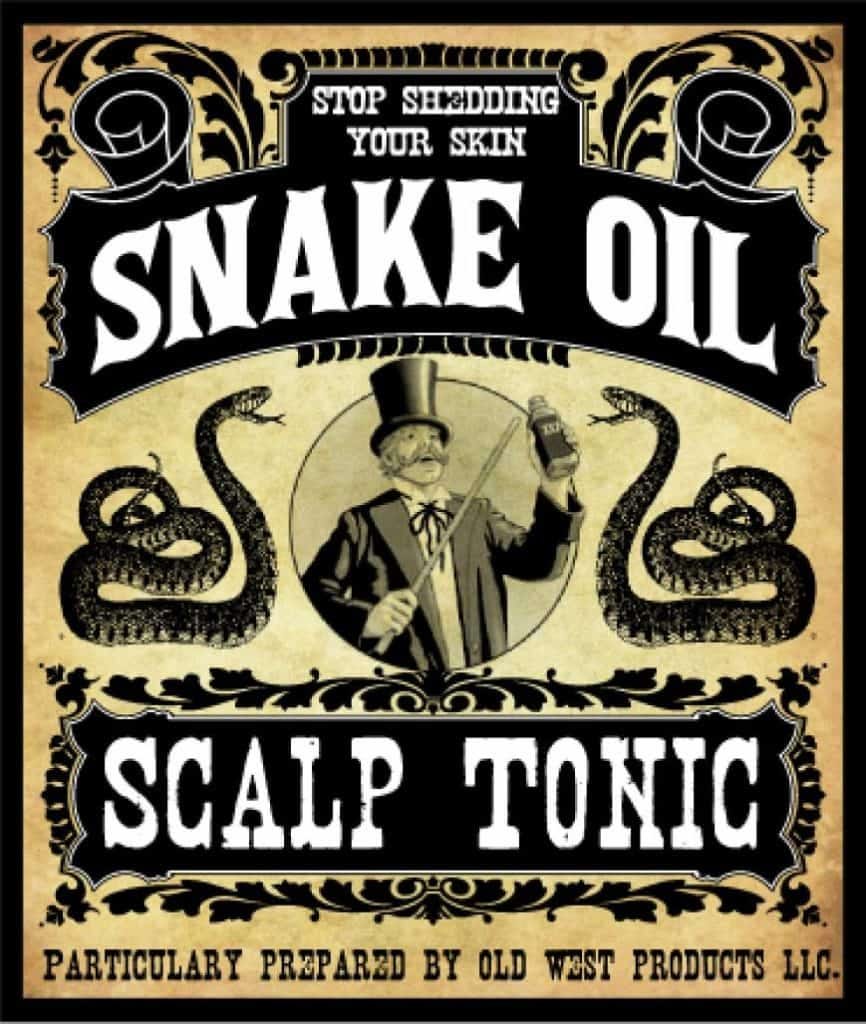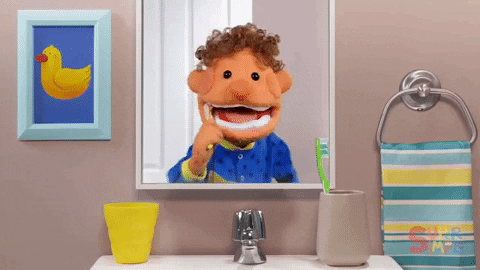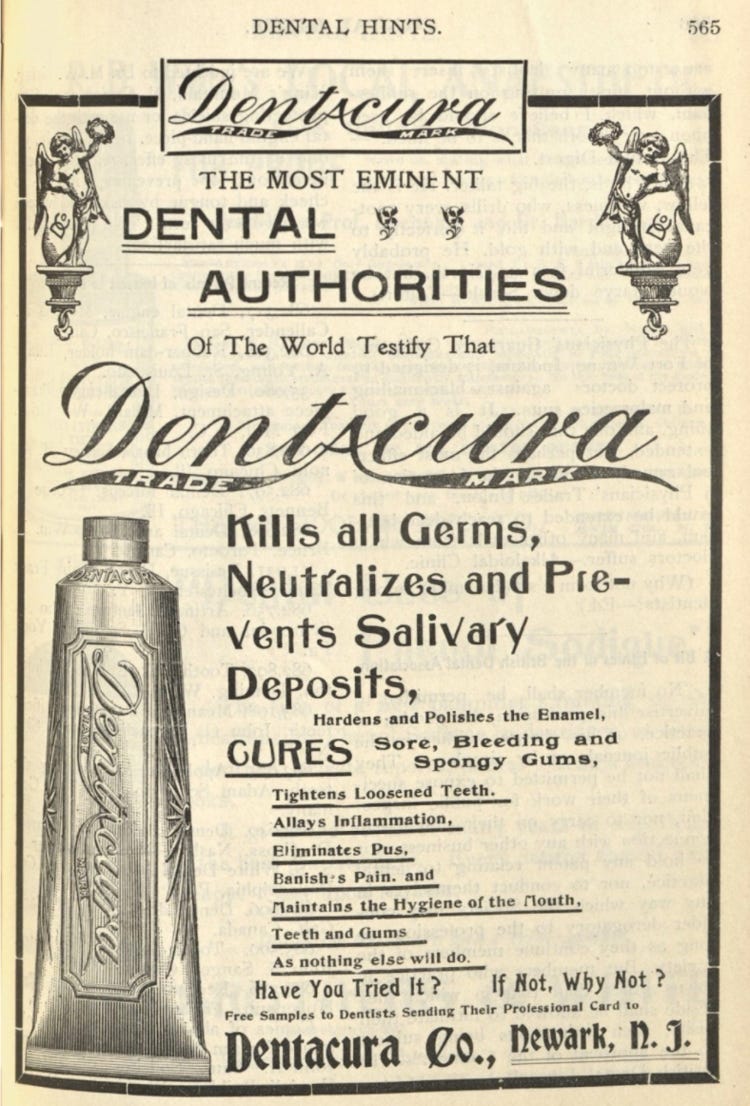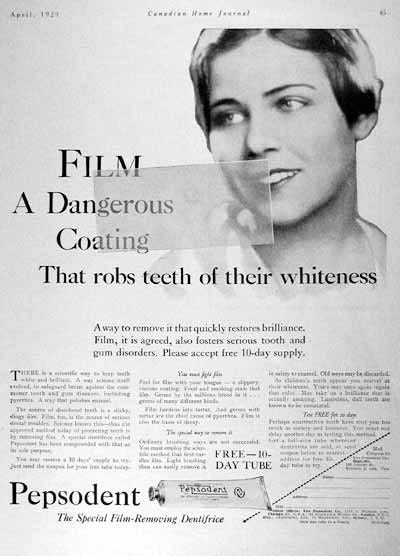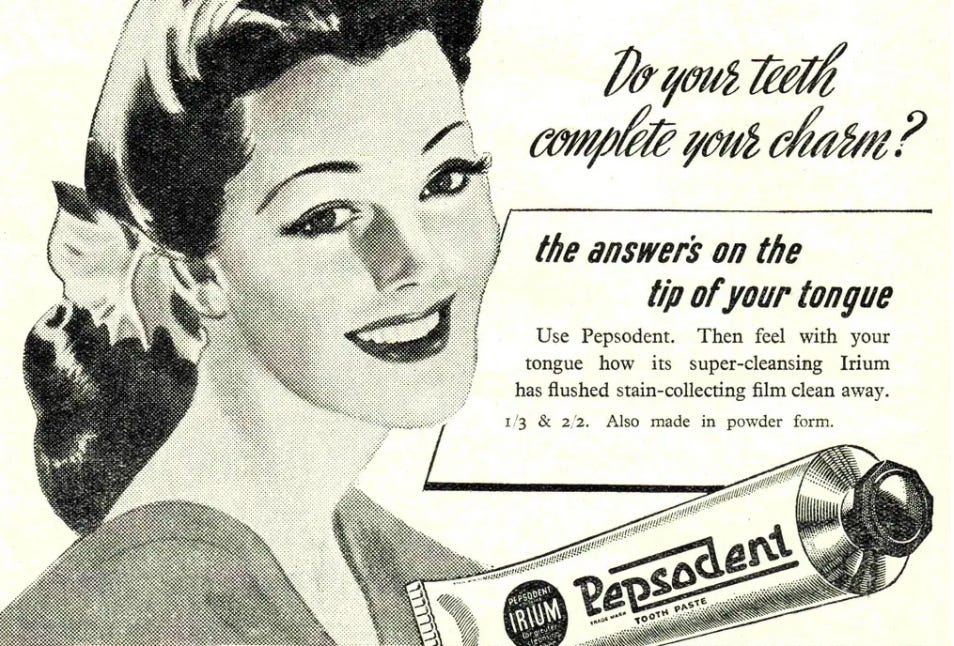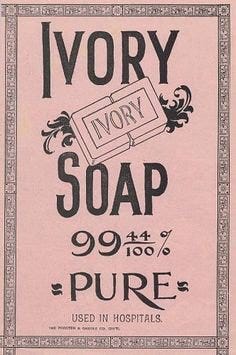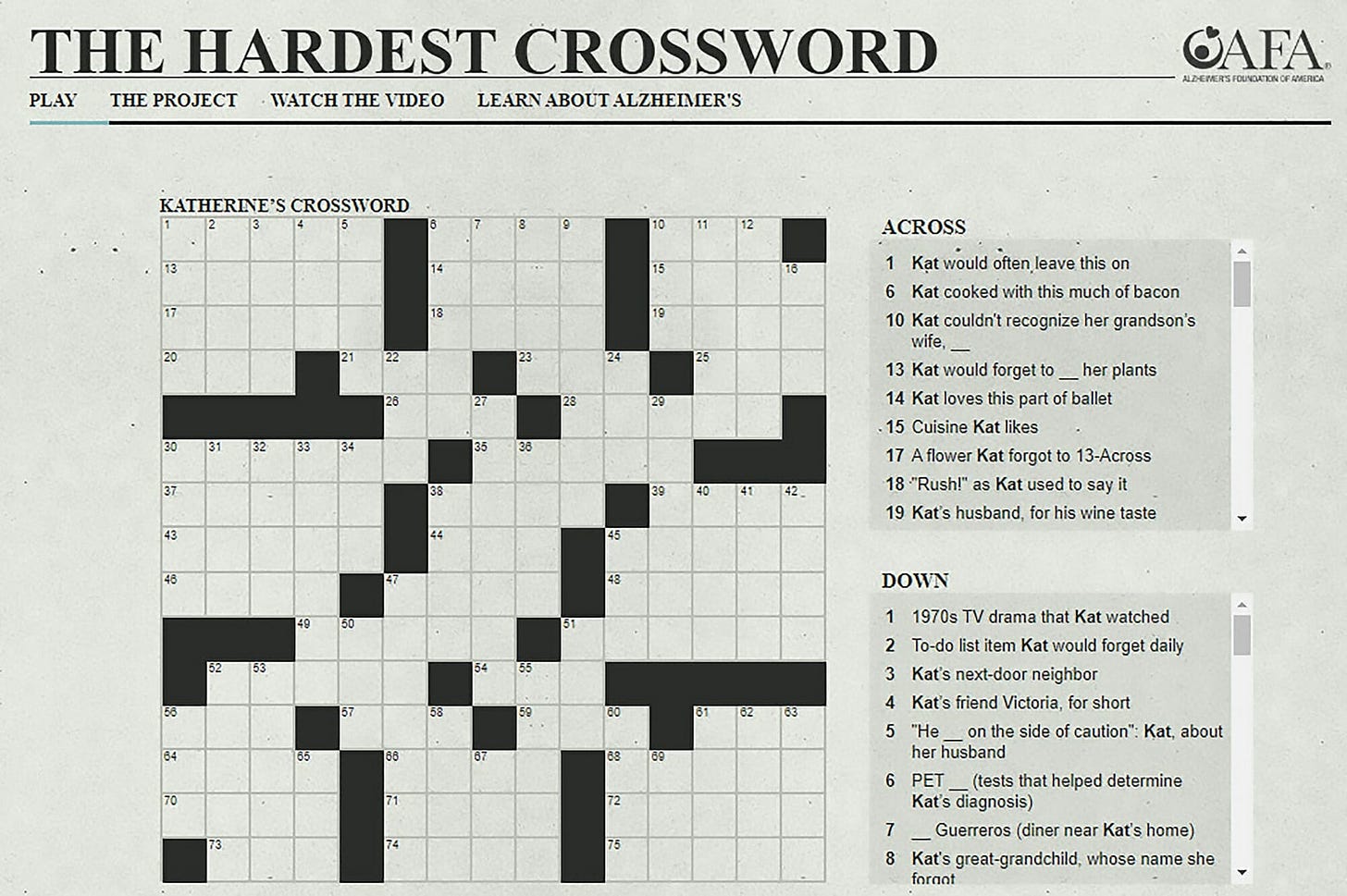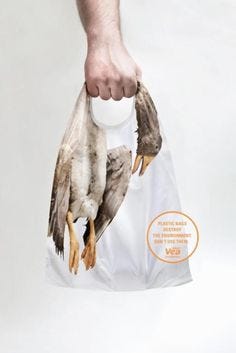Marketers have been maligned in some quarters as snake oil salespeople who seduce unsuspecting consumers into spending money they can’t spare, to buy stuff they don’t need.
In today’s edition, I am going to share examples that illustrate how marketing has helped us adopt new behaviors that have made us better off.
Here is how the cycle works.
- Technologists and innovators are visionaries: They develop solutions that have the potential to improve the way we live, work and play by many orders of magnitude. Airplanes, Antisceptic, Penicillin, Toothpaste, Soap, Shampoo, Clothes, Cement…every innovation has made us healthier, cleaner, faster, and more properous.
- Consumers are slow to adopt new products: Consumers don’t often understand that some technologies and products are actually good for them or for society. Reasons could be inertia, ignorance, lack of understanding, resistence to spending money, or a follower mindset.
- Marketing can bridge the adoption gap: Marketers can apply behavioral psychology to reduce barriers to these ‘good’ products and technologies.
Let’s see four marketing techniques that have made us better off.
1. Marketing technique: anchor behavior change to benefits that consumers desire
Selling dental health through beauty: As per an article on Medium, Americans did not brush their teeth before 1900s. Maybe because toothpaste advertising was too technical. It advertised benefits like “neutralises salivary deposits” and “allays inflammation.” These benefits were technically correct, but did not exactly get consumers queuing up to buy toothpaste.
Claude Hopkins, an advertising executive was approached by Pepsodent for help. He figured out a very different benefit of toothpaste – Plaque causes yellow teeth and yellow teeth are ugly.
“That gave me an appealing idea. I resolved to advertise this toothpaste as a creator of beauty.” Claude C. Hopkins
Selling bathing soap through religion: in the 1800s, people only bathed with hot water, no soap. Proctor and Gamble launched a soap and named it ‘Ivory’. They directly laddered the cleaning benefit of the soap to the Christian promise of ‘Purity’, by creating imagery inspired from the adage that “Cleanliness is next to Godliness”.
2. Marketing technique: create empathy
The hardest crossword: The Alzheimer’s Foundation of America worked with Crossword editors of major newspapers to cereate an unsolvable crossword. The puzzles were based on actual facts from lives of Alzheimer’s patients. For example, “Tom’s pet dog’s name”. So, when people were unable to solve their daily crossword, they felt confused, helpless, frustrated. Just the way Alzhiemers patients feel each and every day. This helped drive empathy for patients and donations for the cause.
3. Marketing technique: shock consumers to change behaviors
Shocking imagery to communicate that ‘Plastic kills’: Each year, over 1 million sea birds and fish choke on plastic waste and die. What makes this tragedy worse is that all this destruction and pain is invisible to city dwellers, who are also heavy consumers of plastic bags. Dragnet diving is a dive training schol in Malaysia. They distributed 1,000 of these bags amongst their diving community, and got 175 sign ups to donate for a cleaning drive. 17.5% conversion is a pretty solid number in my opinion.
Create an emotion of disgust: The The Lancet Global Health published an interesting case study from rural Andhra Pradesh. Intellectually, people knew handwashing is good, but less than 3% washed their hands before eating. A team from the London School of Hygiene used a novel approach. They enacted a live skit featuring a child character who makes sweets out of mud and snot, and never washes his hands. The character then interacted with the kids in the audience and offered them the sweets made. Obviously the kids refused the sweets and they developed a feeling of disgust with not washing their hands. Handwashing habit grew amongst the audience that saw the skit.
4. Marketing technique: build a product that does good
Help reduce impact of climate change: Miami is experiencing unseasonal heat waves. Coors beer got hold of a special white paint that reflects sunrays and helps keep buildings cool. With this paint, they painted their billboards on top of buildings, without being concerned that no consumer could actually ‘see’ the billboard.
Backup Ukraine: This one gave me goosebumps when I first saw it. UNESCO encouraged youth in Ukraine to take 3-D backups of their landmarks before they were destroyed in the war.
Are there examples like these that you have come across and would like to share? I would love to hear from you in the comments section.
That’s all for this edition.
Stay inspired!
